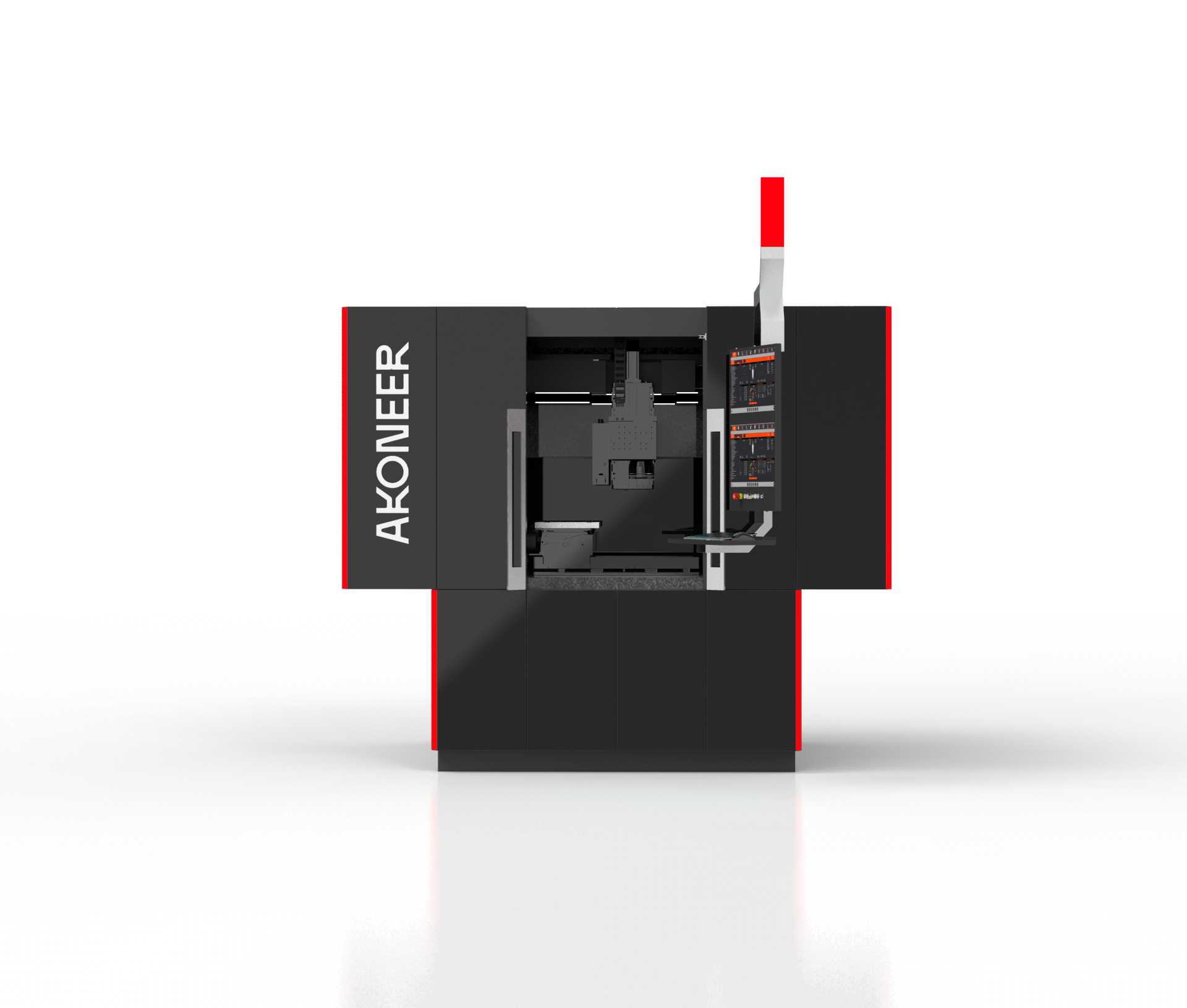3D laser cutting machine
3D laser cutting machines enhance manufacturing and design by utilizing lasers for accurate material cutting across industries like automotive, aerospace, and construction.
3D laser cutting machines are groundbreaking technologies that have transformed the manufacturing and design industries. These machines utilize powerful lasers ranging from 2 to 6 kW to cut materials with exceptional precision, offering numerous advantages over traditional cutting methods. The capabilities of 3D laser cutting machines have expanded possibilities for industries such as automotive, aerospace, construction, and custom manufacturing. This article explores the mechanisms of 3D laser cutting machines, their applications, advantages, and the future of this technology.
Understanding the technology
At the core of 3D laser cutting machines is the laser beam, a highly concentrated stream of photons generated by exciting atoms or molecules. The laser beam is directed through a series of mirrors and lenses to focus on a specific point on the material. This concentrated energy heats and melts the material, allowing the laser to cut through it with precision. Typically, the kerf width is around 0.1 mm, allowing for intricate designs. The machine is equipped with a computer numerical control (CNC) system, guiding the laser head along the programmed path to achieve detailed cuts with repeatability of ±0.02 mm. This ensures the laser moves with high accuracy, enabling complex geometries and intricate designs.
Applications across industries
The versatility of 3D laser cutting machines makes them suitable for a wide range of applications across different industries. In the automotive sector, companies like Tesla use these machines to create complex parts and components with high precision, resulting in lighter parts that improve fuel efficiency. In aerospace, 3D laser cutting machines fabricate intricate parts for aircraft engines and structural components. The construction industry utilizes these machines to cut materials like steel and aluminum for building frameworks and facades, with a maximum steel thickness of 20 mm.
Custom manufacturing has seen a significant impact from 3D laser cutting machines. They enable the creation of unique designs and prototypes, allowing manufacturers to offer personalized products. This capability is particularly valuable in industries such as fashion, jewelry, and interior design, where customization is key. The ability to cut various materials, including metals, plastics, wood, and textiles, further expands the potential applications of these machines.
Advantages over traditional methods
3D laser cutting machines offer several advantages over traditional cutting methods. Their precision allows for intricate designs while minimizing material waste. The non-contact nature of laser cutting reduces the risk of material deformation, a common issue with mechanical methods. This precision and accuracy result in higher quality products and reduce the need for secondary processing.
Another significant advantage is the speed at which 3D laser cutting machines operate, with cutting speeds of up to 30 meters per minute. They quickly cut through materials, improving production efficiency and reducing lead times. This speed is crucial for industries requiring rapid production cycles, such as automotive and electronics manufacturing. Additionally, the flexibility of laser cutting allows for quick design changes without new tooling, saving both time and costs.
Environmentally friendly aspects
The environmental benefits of 3D laser cutting machines are noteworthy. These machines generate less waste compared to traditional cutting methods, as the laser's precision minimizes excess material removal. This reduction in waste contributes to more sustainable manufacturing practices. Furthermore, laser cutting is a cleaner process since it does not require oils or coolants, often needed in mechanical cutting.
The energy efficiency of 3D laser cutting machines is also a significant advantage. While they require a substantial amount of energy to operate, the overall energy consumption is lower compared to other cutting methods due to the speed and precision of the process. The reduced need for secondary operations further decreases energy usage. As industries continue to focus on reducing their environmental impact, adopting laser cutting technology aligns with these goals.
The future of 3d laser cutting
As technology advances, the capabilities of 3D laser cutting machines are expected to grow. Improvements in laser technology, such as developing more powerful and efficient lasers, will enhance cutting speed and precision. Integrating artificial intelligence and machine learning could lead to smarter machines that optimize the cutting process in real-time, further improving efficiency and reducing waste.
The potential for new applications is vast. As new materials are developed, 3D laser cutting machines will likely play a key role in processing these materials. Industries not yet fully embracing this technology may begin to do so as the benefits become increasingly evident. Furthermore, the trend toward Industry 4.0 and the digitalization of manufacturing processes will likely accelerate the adoption of 3D laser cutting machines as they become integral to smart factories.
3D laser cutting machines represent a significant advancement in manufacturing technology. Their precision, speed, and versatility make them indispensable tools across various industries. As technology evolves, these machines will continue to shape the future of manufacturing, offering new possibilities and driving innovation. The ongoing development and integration of this technology will undoubtedly lead to even greater efficiencies and capabilities, solidifying the role of 3D laser cutting machines in modern manufacturing.
